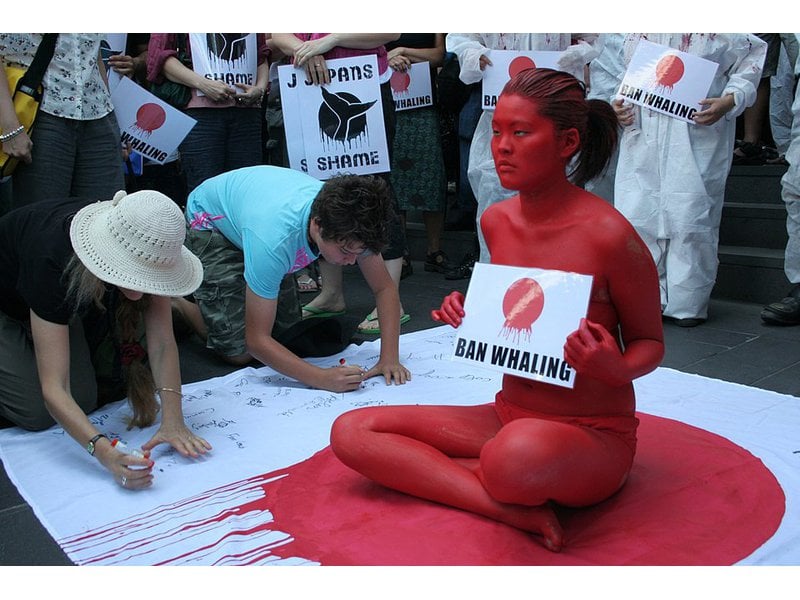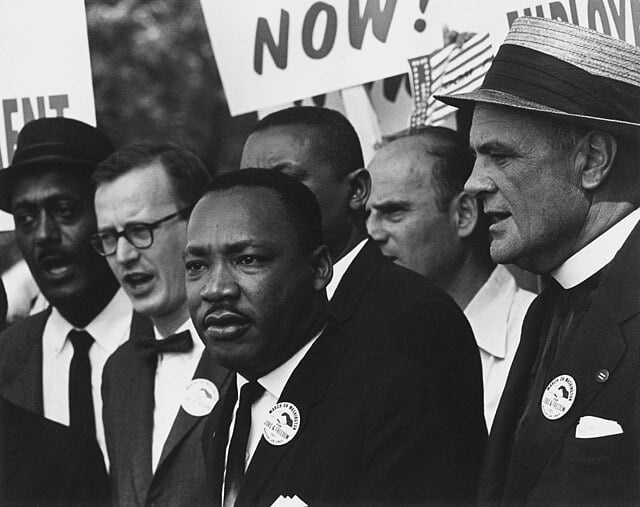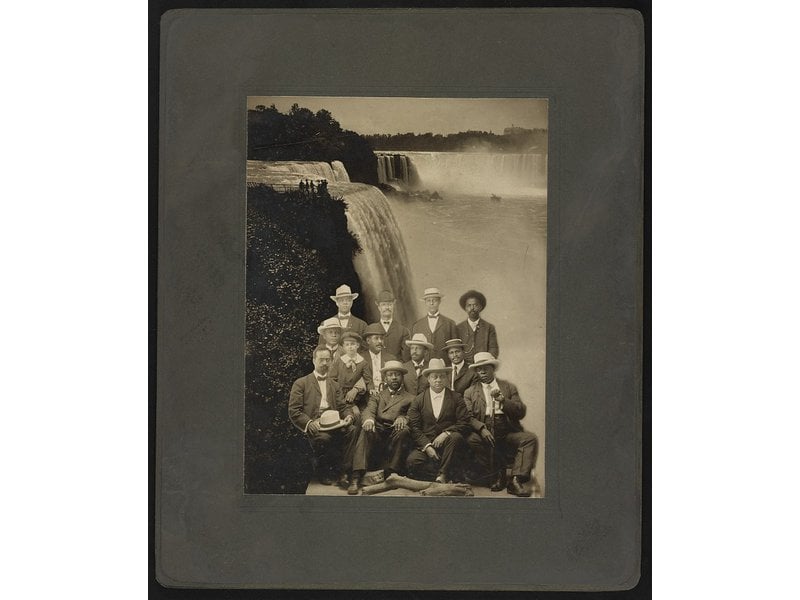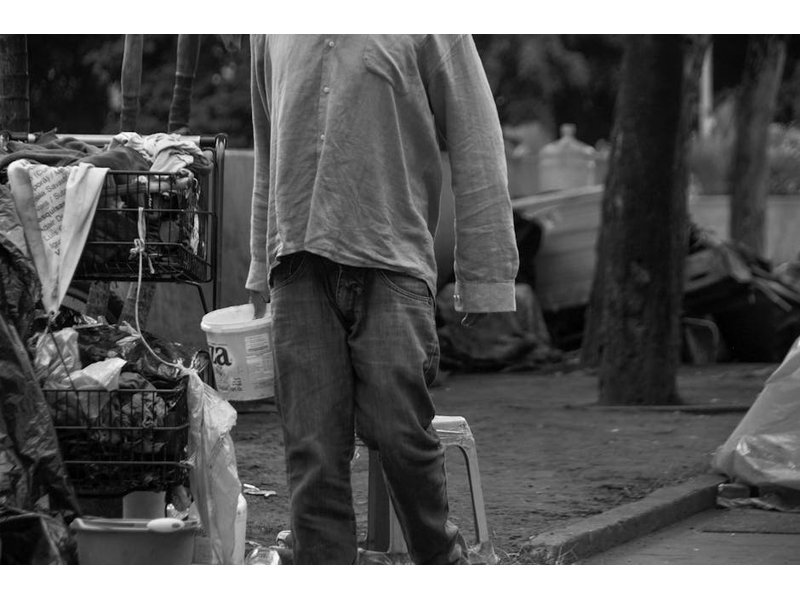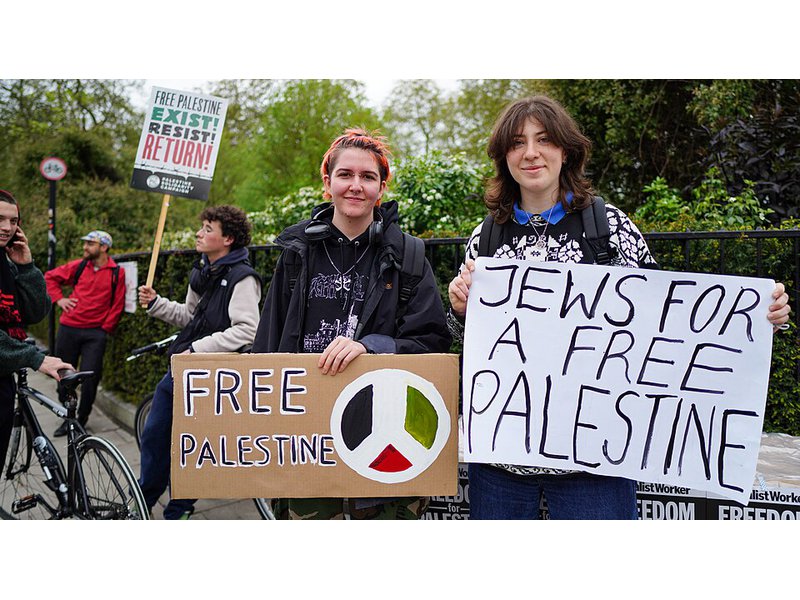183 nonviolent land seizure

"Another method of economic intervention occurs when people nonviolently expropriate and utilize land which by statute has belonged to someone else, with the intent of producing a de facto change of ownership and control. They hope that it will be recognized as a de jure change of ownership as well. Usually such land seizures are carried out by landless peasants against large landowners, frequently the same ones on whose land the peasants have previously worked. On other occasions, the seized land may be owned by the government, or may recently have been confiscated as punishment for popular antigovernment resistance, such as tax refusal."...
Potentially problematic matches
High scoring campaigns using this method
Historical cases from the Nonviolent Action Database that used this method
Bardoli peasants campaign against the Government of Bombay, 1928
The Bombay Government (through its Revenue Department) had, in 1927, enhanced the land revenue assessment in the Bardoli taluka (county) by a nominal 22 percent, which, when applied, amounted in some cases to as much as 60 percent enhancement. This t...
Germans reclaim Heligoland from the United Kingdom, 1951
Heligoland (also spelled Helgoland) is an archipelago 46 kilometers off the German coastline in the North Sea. The two small islands are less than 2 square kilometers in total, but the British, Danish and Germans have hotly contested the land over th...
Indigenous Gurindji win land rights in Australia (Wave Hill Walk Off) 1966-1975
On August 23rd, 1966, the workers of the Wave Hill Station in Northern Territory, Australia, participated in a walk off led by Vincent Lingiari. The workers felt oppressed by the low wages, poor working and living conditions they received at the Wave...
Caledonia First Nations Defend Grand River Territory 2006-2011.
During the 18th Century the Iroquois aided the British government to defend what is now known as Canadian territory from the Americans. As an expression of gratitude to the Iroquois, the British gifted to them six miles along both sides of Grand Rive...
Internally displaced Peruvians campaign for land (Villa El Salvador Land Invasion), 1971
Today Villa El Salvador is a squatting community on the Southern outskirts of Lima, Peru, and is home to about 400,000 people. The shantytown, which was born of a small land invasion in 1971, has been recognized internationally as the largest continu...
Landless workers win land rights in Nova Ronda Alta, Brazil, 1982-1984
Brazil is the largest country in South America with resources comparable to the continental United States as well as vast amounts of land for agricultural development. At the time of this campaign, two-thirds of the population went hungry and were wi...
Maori New Zealanders occupy Raglan Golf Course, win back land rights, 1975-1983
During World War I, the New Zealand government seized burial grounds and traditionally valuable land from the Tainui Awhiro people to build an air base and bunker. Ten years after the end of the war, in 1928, the Public Works Act codified the governm...
Hondurans in Tacamiche resist eviction by Chiquita Banana company, 1994-1997
In response to labor strikes on banana plantations throughout the country, which were a result of a large drop in wages for plantation workers, Chiquita Brands International closed its plantation in Tacamiche and three other farms in June of 1994 due...
Marshall Islanders campaign against nuclear testing sites, 1982
The Kwajalein Atoll in the Marshall Islands is home to the Kwajalein Missile Range, which the government leased to the United States beginning in 1978. From the beginning, Marshall Islands natives protested U.S. usage of the range. After the Marshall...
Brazilian Rubber Tappers campaign to protest the deforestation of the Brazilian rainforest region, 1977-1988
For centuries, those who made a living by extracting and collecting rubber from rubber trees had been virtual slaves to the powerful rubber barons who controlled the Amazon region. Attempts were made in the 1960s to unionize these workers, called “ru...
Low scoring campaigns using this method
Historical cases from the Nonviolent Action Database that used this method
